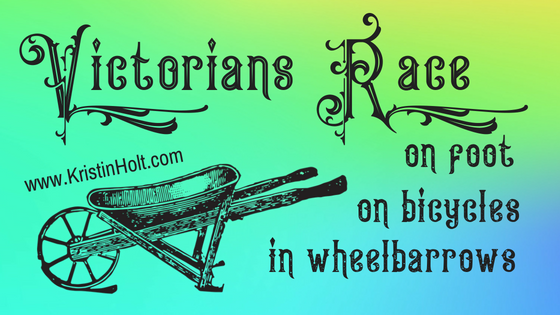
by Kristin Holt | Jul 4, 2018 | Articles
A key scene within Isabella’s Calico Groom (Calico Ball: Timeless Western Collection) is on Independence Day in Evanston, Wyoming Territory (a week shy of Wyoming’s acceptance into the Union as the 44th State). In keeping with the historical favorites when celebrating July 4th, the characters took note of the races–on foot, on bicycles, and in wheelbarrows. Victorian Americans enjoyed a wide range of contests with appealing prizes (cash, clothing, shoes, jewelry, etc.). Would you rather compete in a bicycle race, or in chasing a greased pig?
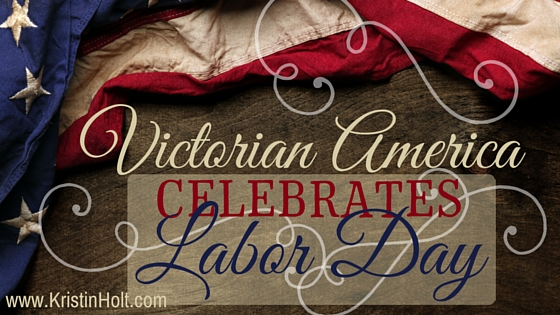
by Kristin Holt | Sep 5, 2016 | Articles
LABOR DAY was born of the circumstances within our Victorian-era United States Industrial Revolution. Unions wanted safer working conditions and 12- to 16-hour work days shortened to 8- or 9-hours. Strikes and protests lead to reform, and from the first Labor Day parade in 1882 peaceful Labor’s Holidays began to take root state by state until in 1894, Labor Day was declared by the President of the United States as a Federal Holiday. This article contains newspaper accounts from era papers, vintage photographs, and a dash of American history surrounding summer’s last hurrah.
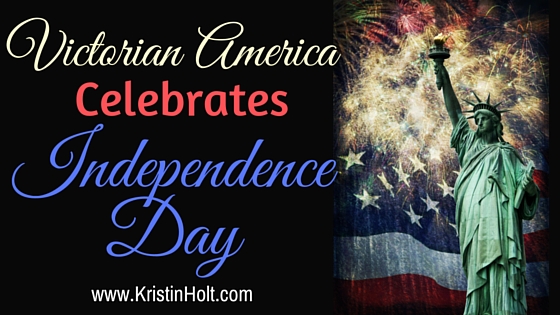
by Kristin Holt | Jul 4, 2016 | Articles
Victorian Americans celebrated Independence Day much like we do today…with some notable differences. Many historic occasions coincided with Independence Day (intentionally, I imagine), and patriotism swelled from small western towns to historic cities like Philadelphia. This review of Victorian-era Fourths of July may spark your patriotism while it enlightens your view of America’s past.
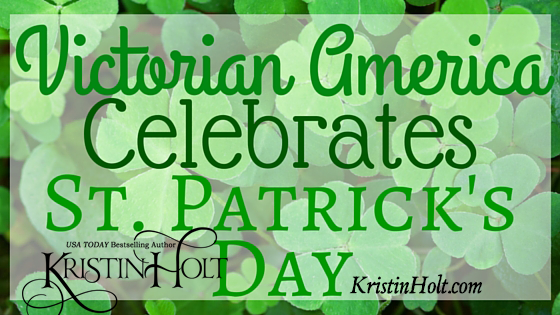
by Kristin Holt | Mar 17, 2016 | Articles
Our 19th Century (Victorian) American ancestors celebrated St. Patrick’s Day in many ways that mirror current / modern observations. The ‘holiday’ has morphed a bit, too, as is to be expected over a 150 to 100 year time span. Many of the 19th century modes of celebration have disappeared and are no longer in vogue.
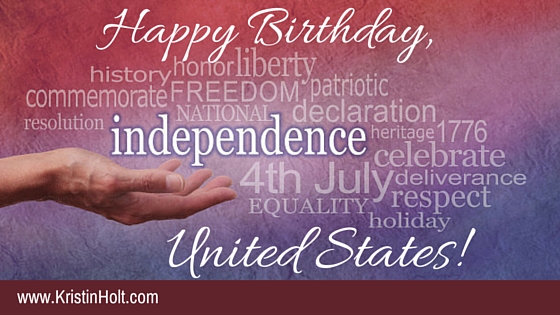
by Kristin Holt | Jul 4, 2015 | Articles
This article celebrates the origins of the United States’ Independence Day, including 10 little known Top Ten facts regarding historical celebrations of July 4th.













